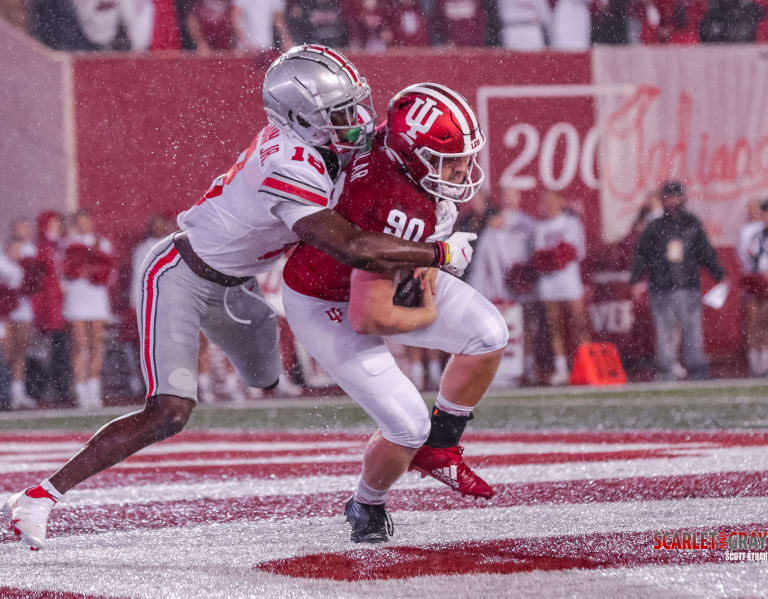An adult Wilson’s Plover rests, well camouflaged, in wet sand. These shorebirds contribute to a healthy coastal ecosystem by controlling the population of insects, worms and crabs in the sand.
A state-threatened shorebird relies on South Carolina’s beaches to survive, but coastal squeeze and unwitting human disturbance pose serious threats to the Wilson’s Plover population. A medium-sized, round bird with brown and white feathers, the Wilson’s Plover turns South Carolina’s sandy shores into its nesting site for the spring and summer.
There are about 375 pairs of Wilson’s Plovers that nest along the state’s coastline. The population of coastal shorebirds has declined by 70 percent in the last 50 to 70 years, according to Audubon South Carolina, an organization dedicated to conservation and bird protection.

A shorebird chick seeks safety from a threat inside a sandy footprint.
Alyssa Zebrowski, the Coastal Stewardship Coordinator for Audubon South Carolina, said a phenomenon called “coastal squeeze” is contributing to the birds’ population decline; a combination of developments growing closer to the beaches and rising water levels shrinks the land available for the birds to nest on.
“Their preferred habitat for nesting and other migratory birds is getting squeezed out to where they’re just losing a lot of habitat. And then on top of that humans love the beach,” Zebrowski said. “I moved down to South Carolina because of the beautiful habitat that we have but when humans or dogs get too close to these birds, it poses a significant threat.”

A mature Wilson’s Plover closely guards its chick.
They’re not the only creature to turn the beaches into a nesting ground. The loggerhead sea turtle lays her eggs deep in the sands of the Isle of Palms and Sullivan’s each summer. Unlike the sea turtle, Wilson’s Plovers create a small scrape on the surface of the sand to lay their eggs in the flat areas of the beach between the dunes and the waterline.
Turtles also lay their eggs and head back into the ocean, with dedicated teams of volunteers ready to protect the clutch with clear signage. The Wilson’s Plover sticks around, ready to defend its eggs and chicks in a fake-out maneuver.
“The adults use this distraction technique to be able to distract predators away from the eggs and chicks by feigning an injury. They’ll kind of fluff their wings out and waddle away to make it look like they’ve been injured,” Zebrowski said. “They will lead their threat directly away from the eggs and the chicks will hunker down and get as low to the ground as they can.”
The protective display leaves the chicks vulnerable and exposed to the elements, such as high temperatures from direct sunlight. This moment of exposure also puts the chicks and eggs at risk of being stepped on.
The chicks are tiny and well-camouflaged, like “a fuzzy cotton ball on toothpick legs,” Zebrowski said. Each moment the nesting birds are away from their nests leaves the chicks vulnerable to the elements, such as high temperatures from direct sunlight. The brief exposure also puts the chicks and eggs at risk of being unknowingly stepped on by a beachgoer.
Zebroski said it’s important for beachgoers to keep their distance from posted nesting sites. Running up to birds to make them fly causes them distress and disrupts their natural behaviors, threatening their odds of survival. Audubon South Carolina also recommends leashing your animals on beaches that allow pets to reduce the chances of attacking or stepping on the nests.




























/cdn.vox-cdn.com/uploads/chorus_asset/file/25739950/247386_Elon_Musk_Open_AI_CVirginia.jpg)



